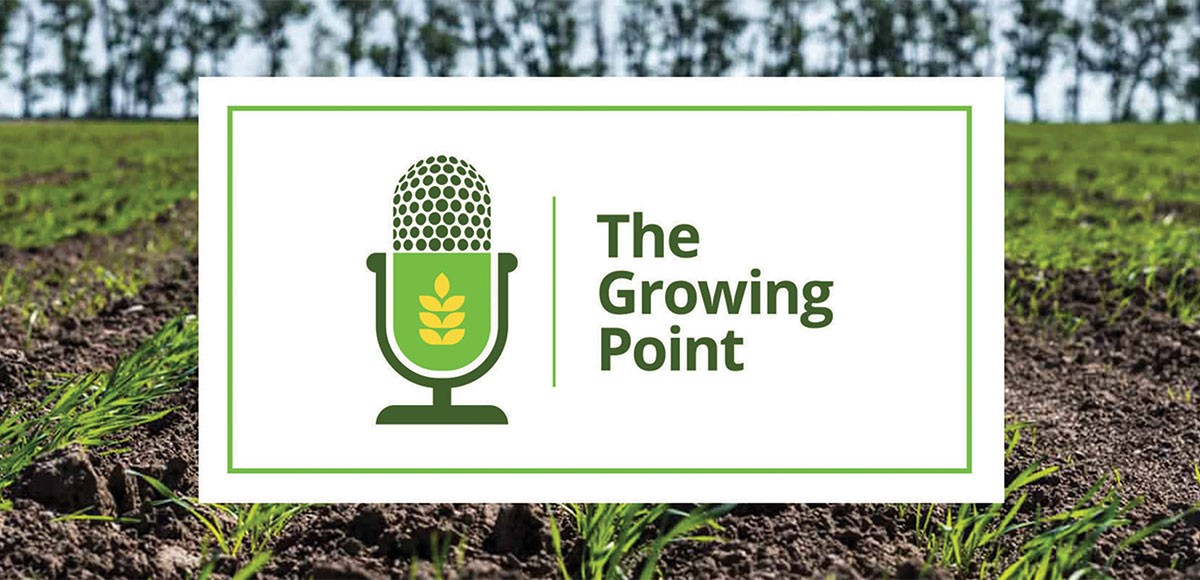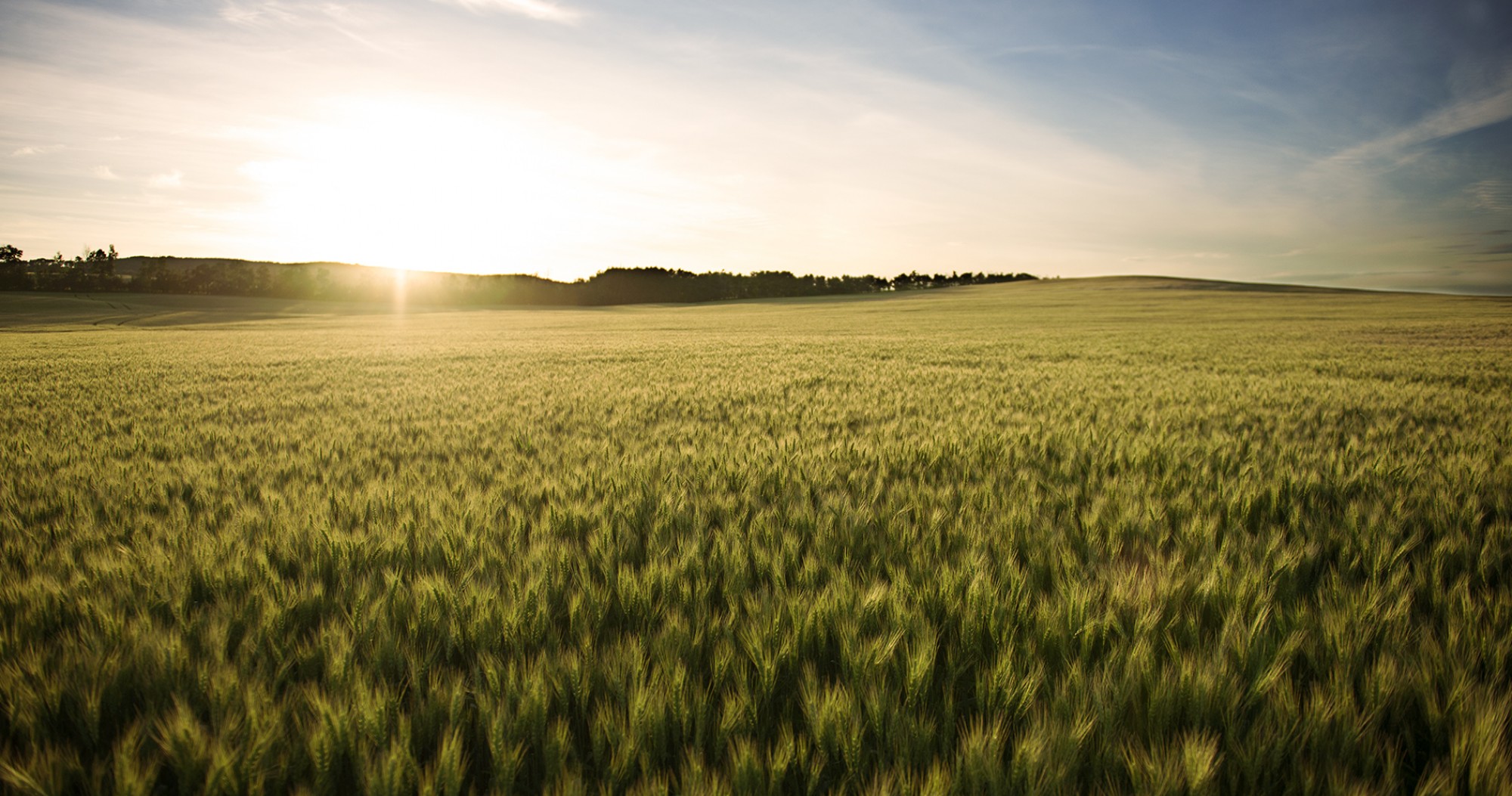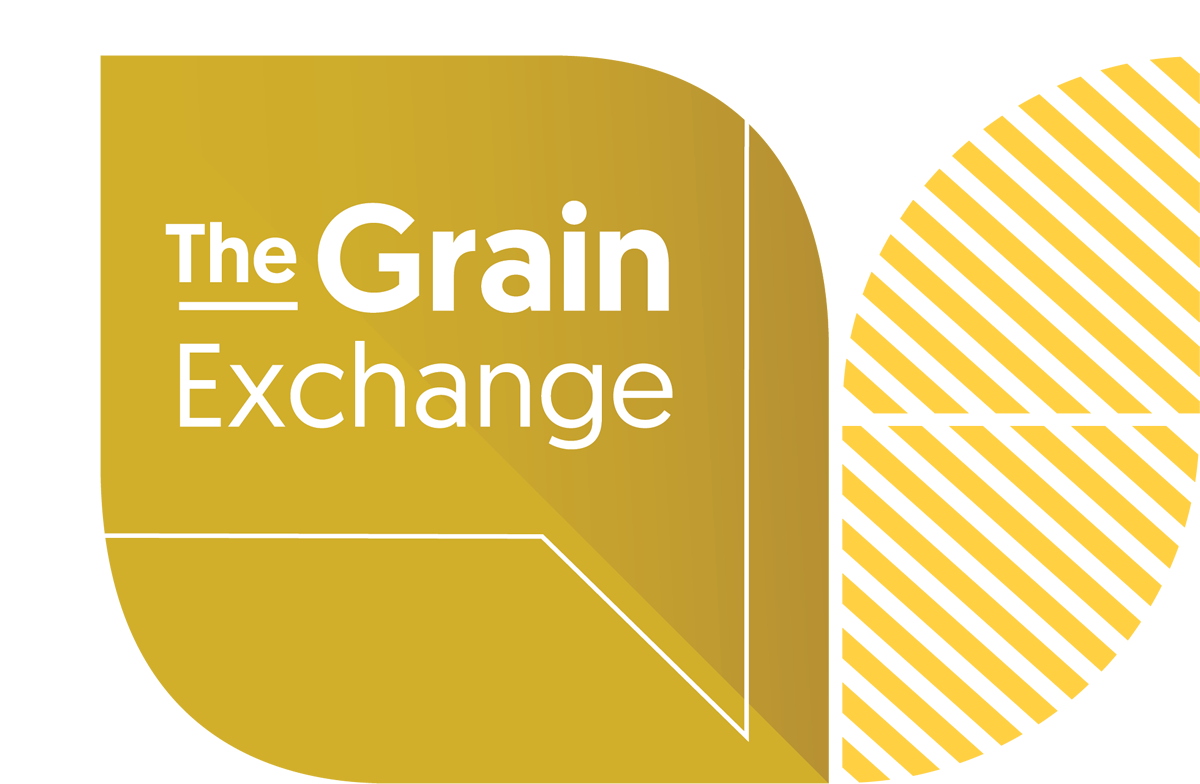Agronomic considerations following a dry season

Each growing season presents unique agronomic challenges. The 2021 growing season was no exception with heat and drought across the province.
Successful crop production does not occur in a silo. Management practices and environmental conditions can cause lingering effects for future crop years. So how might the extended and ongoing drought affect agronomic decisions for next season? Although not an exhaustive list, some of the most significant considerations include fertility impacts, seed sourcing, herbicide carryover and grasshopper risk.
Soil and fertility
Lack of moisture impacts natural soil processes related to nutrient use and availability. This affects nutrient uptake by the crop as well as natural physical, chemical and biological processes in soil.
A drought-induced reduction in yield and plant growth can decrease crop uptake of soil and applied nitrogen (N). This may lead to higher levels of N remaining in the soil. Areas receiving less than 60 per cent of the average rainfall have an increased chance of N carryover. However, those dry conditions can negatively decrease N mineralization, increasing the complexity of total N carryover. Areas that receive over 80 per cent of the average rainfall are less likely to see N carryover impacts. These complexities demonstrate the value of fall soil sampling. However, late-season rainfall may impact N carryover. Normal or above average late-season rainfall may cause N mineralization and impact soil N. Therefore, soil sampling in later October is recommended to capture fall changes in soil N. Soil test results can then be used to make accurate N recommendations for next season.
Drought can lead to variability in crop nutrient use across individual fields. Variability in moisture availability due to topography, soil type and soil characteristics may lead to differing nutrient uptake across the field. Zone sampling, the act of soil sampling in zones of a field based on similar soil and production characteristics, can be beneficial to capture this variability. This information can allow for a more refined fertility plan for the following crop. However, implementing this will require growers to have variable rate equipment capability.
Drought can lead to temporary decreases in soil pH. This is due to increased concentration of soil sulfates and nitrates. A decrease in soil pH may temporarily increase plant-available phosphorus (P) on soil test results. If noticeable differences in plant available P are seen compared to previous years’ soil tests, growers need to be cautious about reducing P application rates based on soil test recommendations. Rather than reducing P rates based on a temporary pH decrease, a reasonable approach would be to target P application rates based on historical removal rates related to average yield.
Since this season also saw high prices and demand for straw, and in some cases low yielding crops were harvested for greenfeed, growers that removed straw from fields will need to add straw nutrient removal rates into their crop nutrient plan. Table 1 shows expected nutrient removal rates of wheat, barley, and oat straw.
Table 1. Approximate nutrient content of wheat, barley, and oat straw assuming 10% straw moisture content.

Seed quality & source
Drought and heat cause plant stress beyond yield reductions. Stress during grain fill can lead to seed germination and vigour issues. Growers should test seed in the fall and spring to ensure quality prior to storage and seeding. Knowledge of seed quality is important to ensure a strong start to the next growing season. The cost of seed testing is a small price to pay for this confidence. If seed quality is an issue, seed availability may also become a concern.
Additionally, drought and heat stress can impact thousand kernel weight (TKW) of grain. Growers should assess TKW on-farm or through seed testing. Accurately assessing seed TKW is vital for determining precise seeding rates to achieve desired plant stands.
Herbicide carryover
Herbicide carryover will be a risk in regions that saw less than 150 to 160 millimetre (mm) of rain between June and September. Regions that received less than 100-125mm of precipitation have a high or severe risk of carryover. Both imidazolinones (imi) (such as Odyssey or Pursuit) and flucarbazones (such as Everest) pose carryover risk from lack of rainfall. If these products were used and rainfall was below 150-160mm between June and September, growers should explore seeding crops which are more tolerant to the potential carryover. For imi products, this may include Clearfield crops or pulse crops. For flucarbazone carryover, wheat and barley are the most tolerant.
Grasshoppers
Although numerous factors influence grasshopper survival, one of the greatest indicators of grasshopper risk is adult populations in previous years. The more adults present in previous seasons, the more eggs will be laid that fall. This increase in egg laying causes greater risk for the following growing season. For the southern parts of Alberta, 2021 grasshopper populations were high. This means 2022 may see a high grasshopper risk. Weather and disease can still affect grasshopper impact, but growers should be mindful of grasshoppers when scouting next season and monitor the yearly grasshopper forecast.
Content developed in consultation with Rigas Karamanos, Senior Agronomist, Koch Fertilizer Canada, Dr. Sheri Strydhorst, Agronomy Research Specialist, Alberta Wheat and Barley Commissions, Mitchell Japp, Agronomy Extension Specialist, Saskatchewan Barley Commission, Haley Tetrault, Agronomy Extension Specialist, Saskatchewan Wheat Development Commission, Dr. Ross McKenzie, retired Alberta Agriculture and Forestry Research Scientist.
"A drought-induced reduction in yield and plant growth can decrease crop uptake of soil and applied nitrogen.”
*Note: there is a wide range in actual nutrient contents, thus an actual sample should be taken and analyzed. (Source: albertawheatbarley.com)

